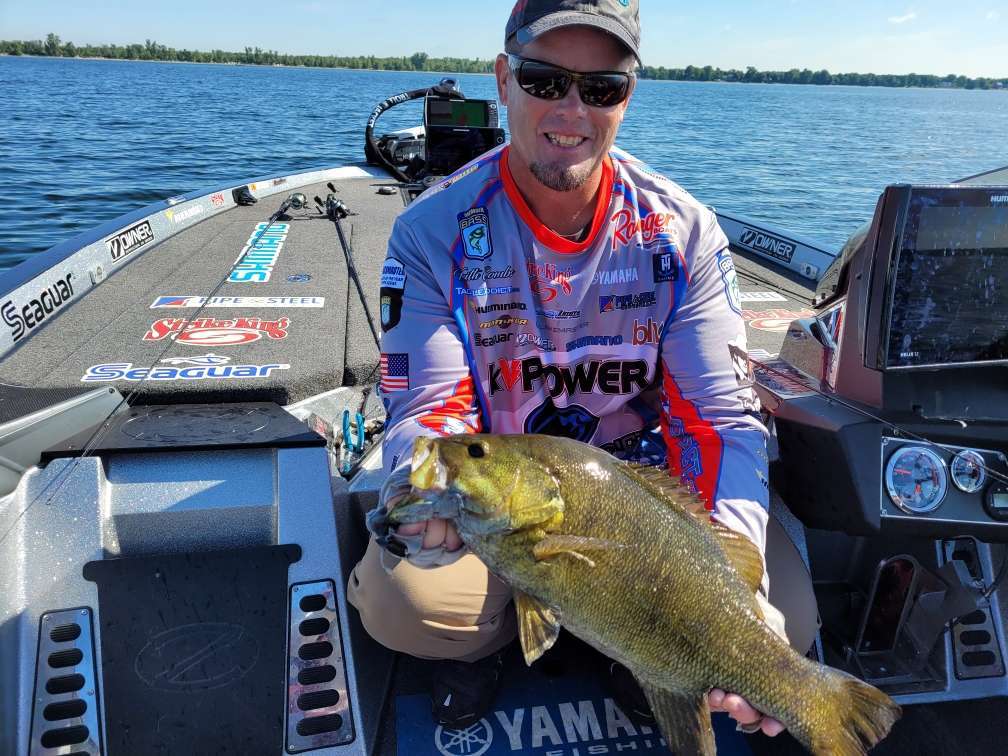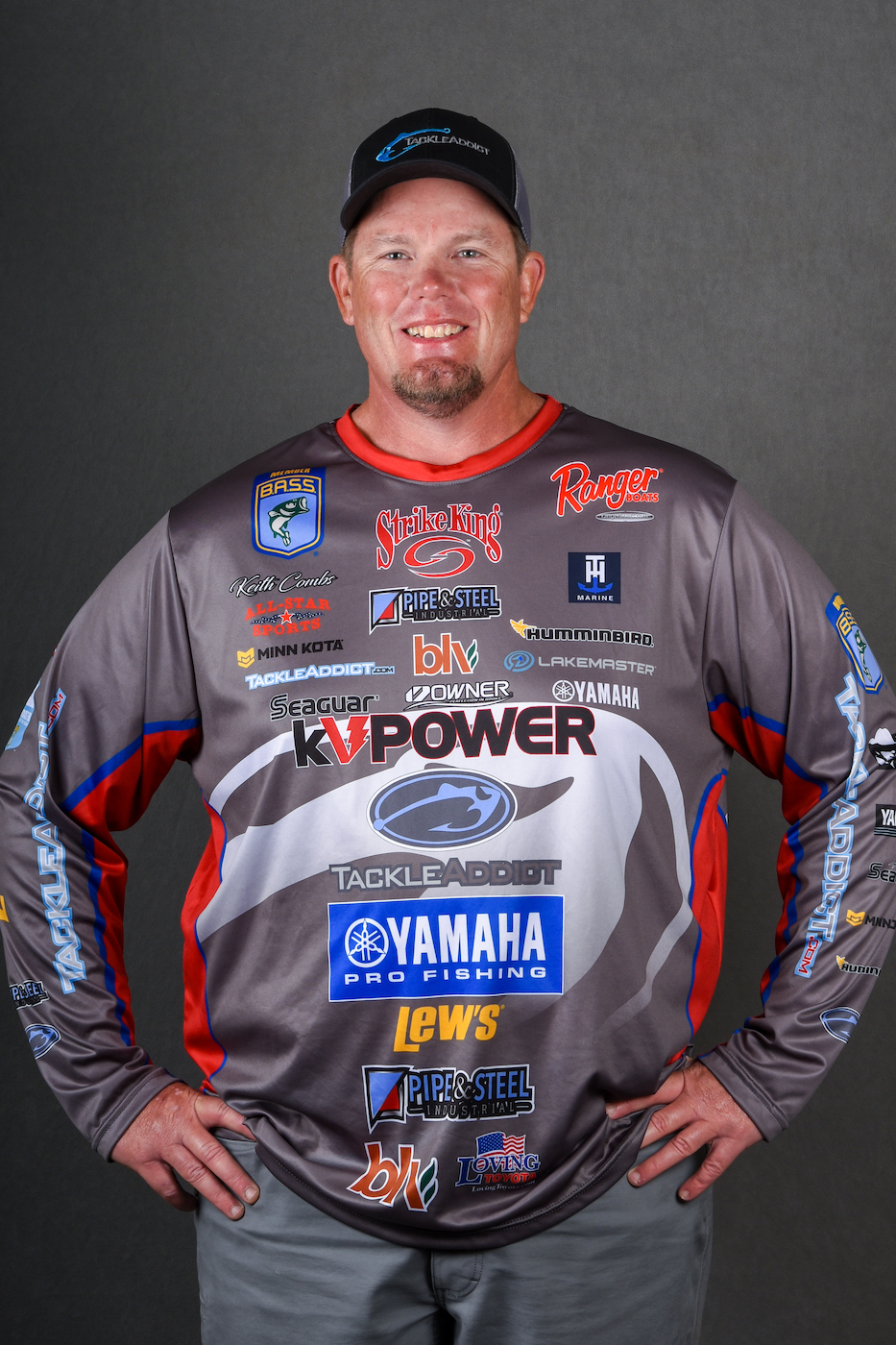
It’s no secret that a lot of my success throughout my career has resulted from my reliance on Humminbird electronics. They are my eyes under the water.
Clearly, over the past few years the biggest change in the game has been forward-looking sonar. Even though it led to some victories, when I looked at what was out there I was skeptical about whether it would apply heavily to the way I fish. The first units had a small cone angle and not much range, so I thought they’d only provide limited benefits.
I was wrong. After a couple of seasons watching other anglers use it successfully on places as diverse as Lake Fork and Lake St. Clair, I knew I had to have it, and luckily my sponsor Humminbird brought their entry to the party in 2021. I’ve had their Mega Live technology for about six weeks, and while I’m far from an expert it has already changed the way that I fish.
My units were installed around the time of the Classic, and the first place I took it was Lake Fork. Immediately, I could see that combined with my 360 technology I could not only identify schools, but also point the Mega Live at them to see how individual fish would react to a bait. That’s a huge advantage over anything we had before.
I’ve always known that lots more fish looked at our lures than ever struck them, but now we can dial in those little details that were pure mysteries in the past. If the fish follows your bait and then decides not to strike, you can adjust the color of your lure, or the retrieve, or the type of lure itself until you get a better clue.
It also allows you to rotate through your spots if you know that fish are present but they won’t eat. Sometimes they’re temperamental that way — they only want to eat at certain times of day.
That was obvious in that first trip out at Fork in July. I could find schools of fish in the morning and then relocate them midday, but they wouldn’t eat either of those times. They would simply follow my jig down and then turn away. I changed the lure’s color, tried a different weight, and altered my retrieve, but they simply wouldn’t strike.
When I came back in the evening it was a different story. I’d get bit on just about every cast. It was eye-opening. In the past I would’ve written those fish off as a big school of sand bass, but because of the clarity of the picture I knew exactly what they were. Sometimes you can even tell a largemouth from a catfish, it’s that good.
At St. Clair last year I was fishing the same flats as other anglers who had forward-facing sonar. We all caught fish, but they caught more and could use their time more efficiently, simply because they were making more educated casts. With the combination of 360 and Mega Live, there will be no more guesswork. I’ll consistently be confident in those situations that I’m making the right cast.
While the system is pretty much “plug and play,” as with 360 and down-imaging and side-imaging, it’s important to dial it in to your particular needs and your home waters.
Mess around with the settings a bit and you’ll see that the difference from one palette color to the next can be huge in terms of the way fish and images pop. Contrast is also key — once you settle on the right amount, the picture is clear as can be. Working with those settings, as well as your range, you can get the most out of your product and your underwater eyes will make you a more educated and efficient angler.
The season’s just over, but I’m already looking forward to getting back out there and learning more about bass behavior.





